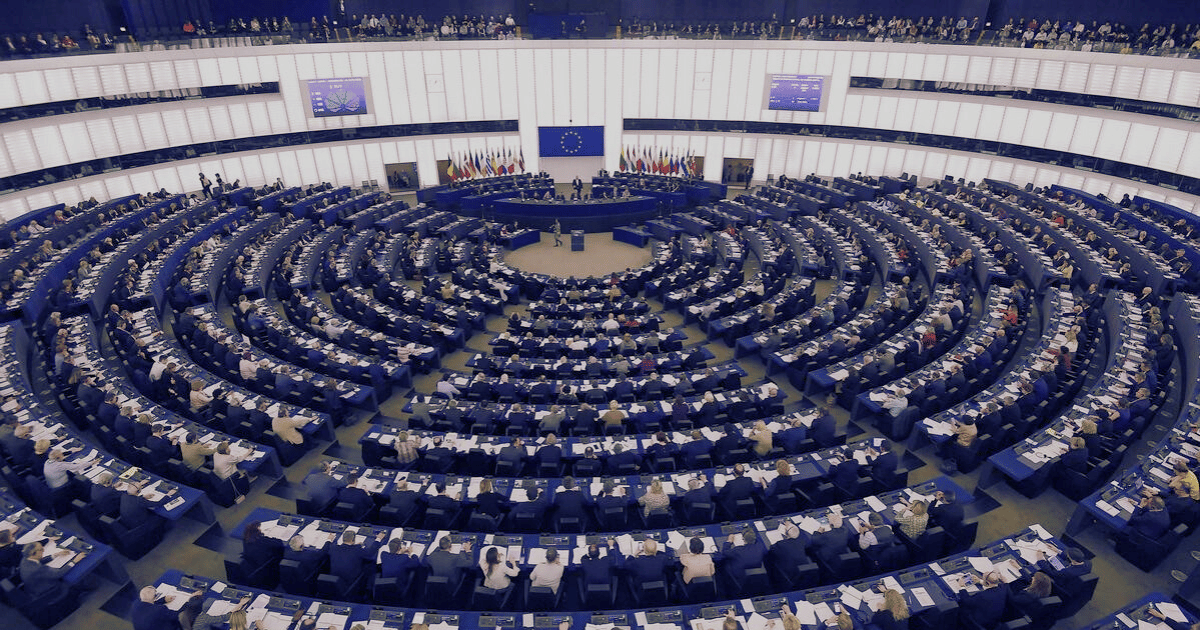Fit for 55: Navigating the Changing Landscape of EU Climate Policy

It is common knowledge that humanity is, maybe now more than ever, grappling with major planetary challenges. The interplay of geopolitical conflict, health crisis and economic turbulence is pushing our societies into ever deeper struggles. In addition, the climate crisis is an overarching challenge and in one way or another disrupts all domains of our physical world, our economies and our societies. Rising temperature, more frequent natural disasters, biodiversity loss and many more, are already apparent and are causing widespread concern among individuals and organizations alike. According to the latest IPCC AR6 Synthesis Report, rapid, deep, and in many cases, immediate reductions in greenhouse gas (GHG) emissions are necessary to limit warming, and the window to achieve climate-resilient development is rapidly narrowing.
The European Union (EU), along with many countries and businesses, is taking action to address these issues becoming a frontrunner in this effort. Through the European Green Deal, the EU has the ambition to eradicate its net emissions and become the world’s first climate-neutral continent by 2050. In this effort Fit for 55 was introduced, a legislative package comprising proposals for new and revised legislation that will enable Member States to reach the EU’s interim climate goal of reducing emissions by at least 55% by 2030 and comply with the EU’s Climate Law. The set of proposals cover various sectors and carry substantial ramifications for enterprises conducting operations within the EU, particularly those in carbon-intensive sectors such as energy, manufacturing, transport and agriculture.
On April 25th 2023, the European Council adopted five Laws that will facilitate the reduction of greenhouse gas emissions in the major economic sectors of the EU. Additionally, the Regulations ensure adequate support for vulnerable citizens, micro-enterprises, and industries at risk of carbon leakage, in their transition towards a more sustainable future. These key pieces are the reform of the EU’s Emissions Trading System including for aviation and maritime, the Carbon Border Adjustment Mechanism and a new Social Climate fund.
07/06/2023 EIMF Seminar:EIMF Certificate in Environmental, Social, Governance (ESG) and Sustainable Finance
The revised EU carbon market or Emissions Trading System (ETS) fully integrates aviation and extends it to cover shipping emissions and requires power generators and heavy polluters to reduce their emissions by 62% by 2030. The amendment of the MRV Regulation – the monitoring, reporting and verification of carbon dioxide emissions from maritime transport – is included as emissions from shipping now fall within the scope of the EU ETS. Shipping companies will have to surrender allowances for their emissions gradually: 40% for verified emissions starting from 2024, 70% from 2025, and 100% from 2026. Likewise, the ETS Aviation Directive will also be revised as part of the revision of the EU carbon market. The aviation sector will undergo a gradual phase-out of free emission allowances, with full auctioning to be implemented from 2026. The revised carbon market also mandates a parallel ETS for buildings, road transport and mainly small industry. This new system aims to ensure cost-efficient emissions reduction in these sectors and will apply to fuel distributors from 2027.
In order to help Member States to finance measures and investments to ease the burden of higher prices for vulnerable households, micro-enterprises and highly affected transport users, legislators approved €86.7 billion through the establishment of the Social Climate Fund Regulation. The fund will be financed by revenues mainly from the new ETS, supplemented by national contributions. Finally, the European Parliament approved a new carbon leakage instrument, also known as the EU Carbon Border Adjustment Mechanism (CBAM). CBAM aims to encourage non-EU countries to adopt more ambitious climate policies and prevent the efforts of reducing emissions within the EU to cause an increase of emissions outside its border and the production from being moved from the EU to countries with softer climate policies. Importers of goods covered by the CBAM will have to pay any price difference between the carbon price paid in the country of production and the price of carbon allowances in the EU ETS.
Earlier this year, on March 28th, the Council adopted a set of four rules included in the Fit for 55, these are:
- Reduction of emissions of new cars by 55% and for new vans by 50% from 2030 to 2034 (compared to 2021 levels) and reductions of emissions for both new cars and vans by 100% from 2035.
- Increase of Member States’ emissions reduction target for 2030 from 29% to 40%, (compared with 2005), in the sectors concerned (road and domestic maritime transport, buildings, agriculture, waste and small industries). The revised Effort Sharing Regulation (ESR) assigns each member state an increased national target and adjusts the way member states can use existing flexibilities to meet their targets.
- New land use and forestry regulation set an increased EU-level target of at least 310 million tonnes of CO2 equivalent net removals of GHG for 2030.
- Decision on the market stability reserve which aimed to address the surplus of emission allowances in the EU ETS and to improve the resilience of the system. Further changes to the market stability reserve will be adopted as part of the latest revision of the EU ETS.
14/06/2023 EIMF Seminar: Corporate Sustainability Reporting Essentials
Furthermore, additional legislation within the Fit for 55 is expected as the EU aims to:
- track and reduce methane emissions in the energy sector
- reduce the aviation sector’s environmental footprint – ReFuelEU Aviation
- reduce the greenhouse gas intensity of the energy used on-board by ships by up to 75% by 2050 Re-FuelEU Maritime
- ensure that citizens and businesses have access to a sufficient infrastructure network for recharging or refueling road vehicles or ships with alternative justify
- increase the current EU-level target of at least 32% of renewable energy sources in the overall energy mix to at least 40% by 2030 through the revision of the renewable energy directive – connected to REPowerEU
- reduce final energy consumption at EU level by 11.7% by 2030 through the revision of the EU energy efficiency directive
- transform buildings in the EU into more energy efficient by 2030 and beyond
- lower the carbon footprint of the gas market by making the shift from natural gas to renewable and low-carbon gasses and finally
- align the taxation of energy products and electricity, preserve and improve the EU internal market and preserve the capacity to generate revenues for member states’ budgets
Businesses that are proactive and adapt to these changes will have a competitive advantage in the evolving business environment. They will be able to manage risks and opportunities effectively and demonstrate their commitment to sustainability. Organizations can take a range of actions to navigate this changing landscape, such as investing in clean technologies, developing low-carbon products and services as well as new business models that prioritize sustainability.
EXPLORE EIMF SEMINARS HOSTING MORE THAN 70 COURSES UNTIL END OF JUNE
In conclusion, Fit for 55 is a significant step towards a sustainable and carbon-neutral future for the EU. However, it also presents significant challenges for businesses operating in the EU. Businesses need to act fast and incorporate sustainability into their business strategy and their risk assessments. By doing so, they will be able to navigate this evolving landscape effectively and capitalize on new opportunities.
Share:
Διαβάστε Επίσης
Από τη διαχείριση έργων έως τη λήψη κρίσιμων αποφάσεων, η ικανότητα να αναλύουμε δεδομένα
Ένας διευθυντής που ασκεί micromanagement μπορεί να παρουσιάζει τα ακόλουθα χαρακτηριστικά:
 Ελληνικά
Ελληνικά  English
English


